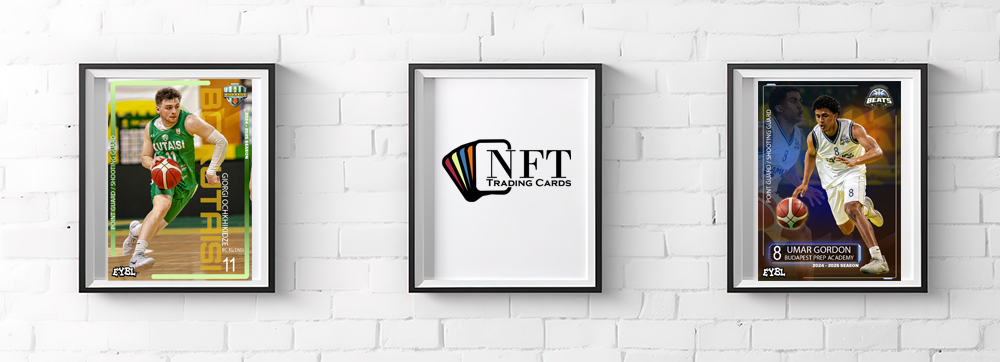Best practices for creating NFT artwork or digital assets.
Creating NFT artwork or digital assets involves a combination of creativity, technical know-how, and strategic planning. Here are some best practices to help ensure your NFT creations stand out and succeed in the marketplace:

Understand the Market and Your Audience
- Research Trends: Keep up with current trends in the NFT space. Understand what types of artwork or digital assets are in demand and how other successful creators are engaging with their audiences.
- Know Your Audience: Identify your target audience. Are they collectors, investors, fans of a particular genre, or a community with shared interests? Tailoring your work to their preferences can increase its appeal.
Focus on Originality and Quality
- Be Authentic: Create original work that reflects your unique style, vision, or message. Authenticity is highly valued in the NFT community.
- High-Quality Output: Ensure your digital assets are of the highest quality possible. This includes resolution, detail, and overall presentation. High-quality work is more likely to stand out and retain value.
Consider the Story and Utility
- Narrative: If possible, incorporate a story or concept into your artwork. A strong narrative can increase the emotional connection with buyers and add value to your NFT.
- Utility: Consider adding functionality or utility to your NFTs. This could include access to exclusive content, physical items, or experiences tied to the NFT, which can make it more appealing.
Optimize for Searchability
- Metadata and Tags: Use descriptive metadata and relevant tags when minting your NFT. This helps potential buyers find your work through searches.
- Keywords: Incorporate keywords that resonate with your audience and are popular within the community. This improves the discoverability of your NFTs.
Engage with Your Community
- Build a Presence: Be active on social media and NFT communities (like Twitter, Discord, and Clubhouse). Share your process, interact with other creators, and engage with collectors.
- Collaboration: Collaborating with other artists or influencers can expose your work to a broader audience and lend credibility.
Promote Your Work
- Marketing: Create a marketing strategy for your NFTs. Use social media, email newsletters, and digital ads to promote your work. Highlight what makes your NFTs unique.
- Storytelling: Share the story behind your artwork, your creative process, and your inspirations. This can help potential buyers connect with your work on a deeper level.
Consider Environmental Impact
- Eco-Friendly Platforms: Consider using or promoting NFTs on platforms that use eco-friendly blockchains, such as those based on Proof of Stake (PoS) or Layer 2 solutions, to reduce the environmental impact.
- Offset Carbon Footprint: Some artists choose to offset their carbon footprint by donating a portion of their earnings to environmental causes or by purchasing carbon credits.
Legal and Intellectual Property Considerations
- Copyright and Ownership: Make sure you own the copyright to the work you’re minting as an NFT. If you’re using any third-party content, ensure you have the right to do so.
- Clear Terms: Clearly define the rights that buyers will receive with the NFT. For example, will they have the right to reproduce the work, or is it for personal use only?
Be Prepared for Post-Sale Engagement
- After-Sale Support: Stay connected with buyers after the sale. Offer updates, additional content, or exclusive opportunities to keep them engaged.
- Building a Community: Consider creating a community around your NFTs, where owners can interact, share their experiences, and feel like part of something larger.
By following these best practices, you can create NFT artwork or digital assets that not only stand out in a crowded market but also provide long-term value to collectors and fans.

Leave a Reply